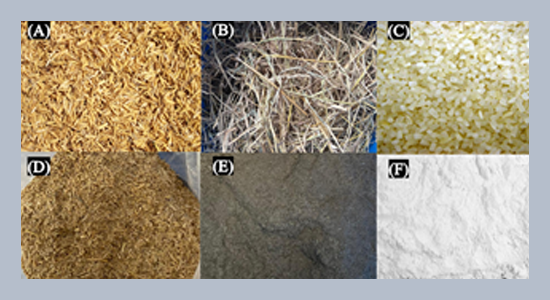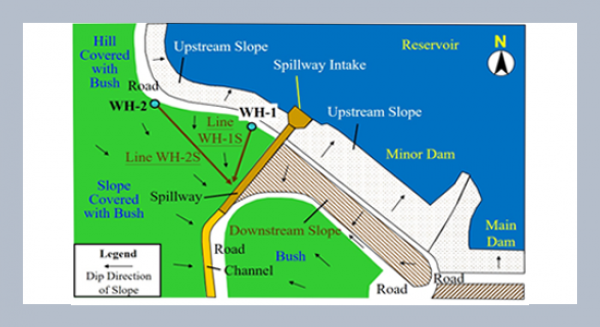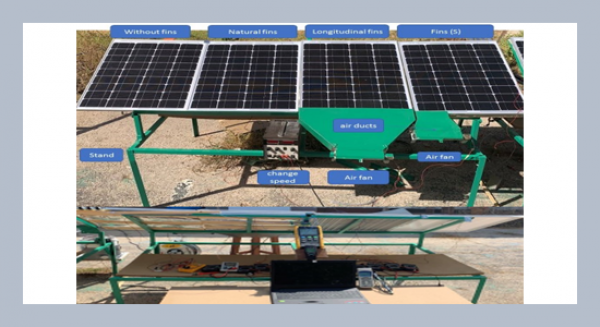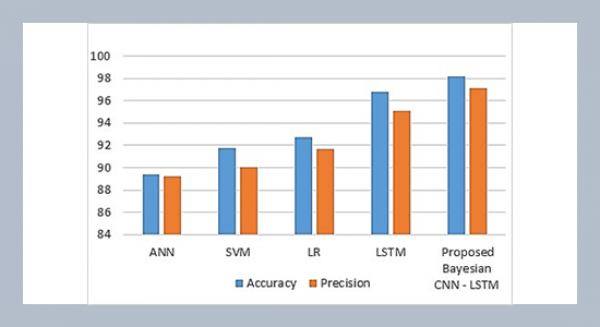REFERENCES
- Abdul-Rahman, A., Yusoff, N., Rahman, A. 2020. The effects of biomass binders and moisture content on the mechanical durability of rice husk pellets. IOP Conference Series: Materials Science and Engineering, 736, 52013.
- Ahn, B.J., Chang, H.S, Lee, S.M., Choi, D.H., Cho, S.T., Han, G. seong, Yang, I. 2014. Effect of binders on the durability of wood pellets fabricated from Larix kaemferi C. and Liriodendron tulipifera L. sawdust. Renewable Energy, 62, 18–23.
- Alvarez, J., Lopez, G., Amutio, M., Bilbao, J., Olazar, M. 2014. Bio-oil production from rice husk fast pyrolysis in a conical spouted bed reactor. Fuel, 128, 162–169.
- Boulos, N.N., Greenfield, H., Wills, R.B.H. 2000. Water holding capacity of selected soluble and insoluble dietary fibre. International Journal of Food Properties, 3, 217–231.
- Carone, M.T., Pantaleo, A., Pellerano, A. 2011. Influence of process parameters and biomass characteristics on the durability of pellets from the pruning residues of Olea europaea L. Biomass and Bioenergy, 35, 402–410.
- Carpenter, D., Westover, T.L., Czernik, S., Jablonski, W. 2014. Biomass feedstocks for renewable fuel production: a review of the impacts of feedstock and pretreatment on the yield and product distribution of fast pyrolysis bio-oils and vapors. Green Chemistry, 16, 384–406.
- Filbakk, T., Skjevrak, G., Høibø, O., Dibdiakova, J., Jirjis, R. 2011. The influence of storage and drying methods for Scots pine raw material on mechanical pellet properties and production parameters. Fuel Processing Technology, 92, 871–878.
- Graham, S., Eastwick, C., Snape, C., Quick, W. 2017. Mechanical degradation of biomass wood pellets during long term stockpile storage. Fuel Processing Technology, 160, 143–151.
- Hanafi, E., Khadrawy, H.H., Ahmed, W., Zaabal, M.M. 2012. Some observations on rice straw with emphasis on updates of its management. World Applied Sciences Journal, 16, 354–361.
- Huang, X., Wu, J., Wang, M., Ma, X., Jiang, E., Hu, Z. 2020. Syngas production by chemical looping gasification of rice husk using Fe-based oxygen carrier. Journal of the Energy Institute, 93, 1261–1270.
- Kaliyan, N., Vance Morey, R. 2009a. Factors affecting strength and durability of densified biomass products. Biomass and Bioenergy, 33, 337–359.
- Kaliyan, N., Vance Morey, R. 2009b. Factors affecting strength and durability of densified biomass products. In Biomass and Bioenergy. 33, 337–359.
- Karkania, V., Fanara, E., Zabaniotou, A. 2012. Review of sustainable biomass pellets production – A study for agricultural residues pellets’ market in Greece. Renewable and Sustainable Energy Reviews, 16, 1426–1436.
- Liu, X., Liu, Z., Fei, B., Cai, Z., Jiang, Z. 2013. Comparative properties bamboo, rice straw pellets. BioResources, 8, 638–647.
- Moraes, C.A.M., Fernandes, I.J., Calheiro, D., Kieling, A.G., Brehm, F.A., Rigon, M.R., Berwanger Filho, J.A., Schneider, I.A.H., Osorio, E. 2014. Review of the rice production cycle: By-products and the main applications focusing on rice husk combustion and ash recycling. In Waste Management and Research, 32, 1034–1048. SAGE Publications Ltd.
- Rahaman, S.A., Salam, P. A. 2017. Characterization of cold densified rice straw briquettes and the potential use of sawdust as binder. Fuel Processing Technology, 158, 9–19.
- Ríos-Badrán, I.M., Luzardo-Ocampo, I., García-Trejo, J.F., Santos-Cruz, J., Gutiérrez-Antonio, C. 2020. Production and characterization of fuel pellets from rice husk and wheat straw. Renewable Energy, 145, 500–507.
- Salimi, E., Saragas, K., Taheri, M.E., Novakovic, J., Barampouti, E.M., Mai, S., Moustakas, K., Malamis, D., Loizidou, M. 2019. The role of enzyme loading on starch and cellulose hydrolysis of food waste. Waste and Biomass Valorization, 10, 3753–3762.
- Samuelsson, R., Thyrel, M., Sjöström, M., Lestander, T.A. 2009. Effect of biomaterial characteristics on pelletizing properties and biofuel pellet quality. Fuel Processing Technology, 90, 1129–1134.
- Sastry, K.V.S., Fuerstenau, D.W. 1973. Mechanisms of agglomerate growth in green pelletization. Powder Technology, 7, 97–105.
- Serrano, C., Monedero, E., Lapuerta, M., Portero, H. 2011. Effect of moisture content, particle size and pine addition on quality parameters of barley straw pellets. Fuel Processing Technology, 92, 699–706.
- Shafie, S.M., Mahlia, T.M.I., Masjuki, H.H., Ahmad-Yazid, A. 2012. A review on electricity generation based on biomass residue in Malaysia. Renewable and Sustainable Energy Reviews, 16, 5879–5889.
- Si, Y., Hu, J., Wang, X., Yang, H., Chen, Y., Shao, J., Chen, H. 2016. Effect of carboxymethyl cellulose binder on the quality of biomass pellets. Energy and Fuels, 30, 5799–5808.
- Stelte, W., Holm, J.K., Sanadi, A.R., Barsberg, S., Ahrenfeldt, J., Henriksen, U.B. 2011. Fuel pellets from biomass: The importance of the pelletizing pressure and its dependency on the processing conditions. Fuel, 90, 3285–3290.
- Tarasov, D., Shahi, C., Leitch, M. 2013. Effect of additives on wood pellet physical and thermal characteristics: a review. ISRN Forestry, 2013, 1–6.
- Theerarattananoon, K., Xu, F., Wilson, J., Ballard, R., Mckinney, L., Staggenborg, S., Vadlani, P., Pei, Z.J., Wang, D. 2011. Physical properties of pellets made from sorghum stalk, corn stover, wheat straw, and big bluestem. Industrial Crops and Products, 33, 325–332.
- Tumuluru, J.S., Wright, C., Hess, J., Kenney, K. 2011a. Erratum: A review of biomass densification systems to develop uniform feedstock commodities for bioenergy application. Biofuels Bioproducts and Biorefining, 5.
- Tumuluru, J.S., Wright, C.T., Hess, J.R., Kenney, K.L. 2011b. A review of biomass densification systems to develop uniform feedstock commodities for bioenergy application. In Biofuels, Bioproducts and Biorefining, 5, 683–707. John Wiley & Sons, Ltd.
- Ungureanu, N., Vladut, V., Voicu, G., Dinca, M.N., Zabava, B.S. 2018. Influence of biomass moisture content on pellet properties - Review. Engineering for Rural Development, 17, 1876–1883.
- Zabava, B.S., Voicu, G., Dinca, M.N., Ungureanu, N., Ferdes, M. 2018. Durability of pellets obtained from energy plants: Review. Engineering for Rural Development, 17, 1838–1843.















